Vivo Y55 5G – on a tight budget from Telstra (smartphone review)
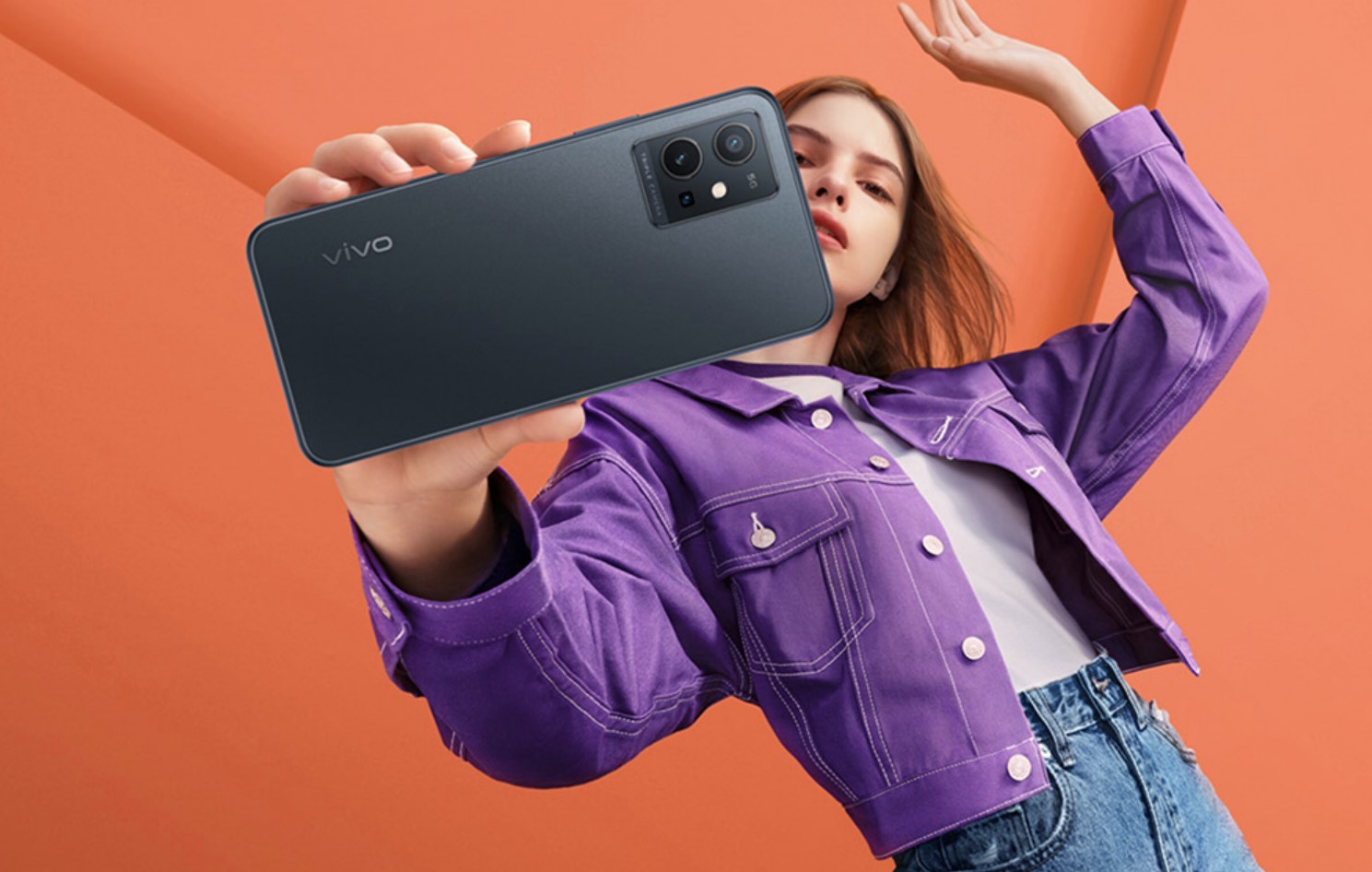
If you only have $299 to spend and are happy to be locked into Telstra, then the Vivo Y55 5G may be the phone for you.
To be clear, the Vivo Y55 5G is a Telstra pre-paid mobile device. It only works with a Telstra SIM card. An unlocking fee applies for use with a non-Telstra SIM card. When you buy online, you must commit to a Telstra plan. Regrettably, Telstra does not show you the available plans upfront (for any pre-paid mobile), so you don’t know what you are committing to. Note this is a single sim version, and it is also currently at Big W for $249 on a Telstra plan.
Apart from that it is a decent phone with a 5000mAh battery and 18W charger, 6.58” FHD+ screen, MediaTek Dimensity 700 SoC, 4/128GB/microSD, Wi-Fi 5 AC, BT 5.1, NFC, and 50+2+2MP rear camera.
Australian review: Vivo Y55 5G 4/128GB, Single sim Model V2127
| Australian website | Vivo Y55 5G Product page |
| Price: | $299 on a Telstra pre-paid plan (unlocking fees apply) |
| Colours | Starlight Black |
| From | Telstra and Big W |
| Warranty | 2-years ACL from approved retailers |
| Country of Origin | China |
| Company | Vivo is part of what is arguably the world’s largest smartphone company – BBK. Along with its siblings (with quite a lot of rivalry), including OPPO, realme, OnePlus, iQOO – they make more phones than Samsung and Apple. |
| More | CyberShack Vivo news and reviews |
We use Fail (below expectations), Pass (meets expectations) and Exceed (surpasses expectations or is the class leader) against many of the items below. We occasionally give a Pass ‘+’ rating to show it is good but does not quite make it to Exceed.
There is a five-minute overview first and all test results in a table at the end.
First Impression – solid glass slab – Pass
The Vivo Y55 5G is a solid 164 x 75.84 x 8.25mm x 188g phone. The front is an Incell IPS screen (no screen protection rating), the frame is plastic, and the rear is a plastic glass-like, finger-print-resistant finish.
Power and volume controls are on the right. A rectangular camera hump is on the rear. Overall, it is a pleasing effect worthy of a more expensive device.
Screen – 2408 x 1080, 402ppi, 20:9, 8-bit 16.7m colours 60Hz Incell IPS – Pass
No specifications are given, and at this price, we don’t test screen brightness, contrast, colour gamut etc. It is unusual to see an FHD+ screen at this price. While it claims HDR10+, HLG, and HDR that simply means it downscales that to the screen’s capability. It has L1 Widevine for HD SRD streaming content.
There is no screen protection rating, so take care and get a screen protector if you can.
The screen has a softer, translucent cool blue tint due to its Incell design. It is focused on battery saving, and you may need to disable auto-brightness and set it to around 80%.
Processor – MediaTek Dimensity 700 – Pass
The MediaTek Dimensity 700 is its entry-level 5G chip in a range that includes the 800, 900, 1000, 8000-series and 9000-series. It is why you can have a $299 phone, and there are a few trade-offs.
For example, its modem/antenna is really for city/suburban use where you have good tower coverage. Photo AI post-processing is limited, and we noticed lags between screens when under load. It is not a gamer’s device.
Its closest Qualcomm Snapdragon comparison is the SD480 5G, but its ARM Mail-G57 MAC GPU performs above that.
Despite being a 7nm chip, it throttles by 15% after 15-minutes. That is not bad, but it is not exactly a fast chip in the first place. It starts at 156,114 GIPS, averages 143,937 GIPS and drops to 125,203 GIPS.
4GB LPDDR4X RAM is about the minimum, although it can swap an extra 1GB from storage. 128GB is fine, and there is a dedicated microSD slot to 1TB. CPDT sequential read/write was 491/238Mbps reflecting slower UFS 2.2 flash. Similarly, the SD card achieved 44/24Mbps, which is half the read/write speed we expected. Still, it is not an issue for an entry-level phone. External USB-C is 2.0 and maxes out at 26/16Mbps with OTG enabled.
Comms – Wi-Fi 5 AC, BT 5.1, and NFC – Pass (able)
It should have scored better here as this level of tech is not usual at this price. But Wi-Fi signal strengths were poor, and BT transmission distance is about 10m (should be 30).
Where most phones have a -20-30dBm 5Ghz signal strength at 2m from the test Netgear Nighthawk AX11000 router, this had -47dBm (way too high) and 433Mbps (normal). At 5/10m this had increased to -75/91dBm, both of which are considered unusable. Again, this reflects the MediaTek SoC and antenna system.
Phone – 4 and 5G – Pass for city use – Pass(able)
You guessed it – the modem and antenna system hold this phone back. It found the nearest Telstra tower at -86dBm and a reasonable 2.5pW. But it could not find the next three towers as most Qualcomm-based phones can. This is strictly for good reception areas in the city and suburbs where there is good tower coverage.
Battery – 5000mAh and 18W charger inbox – Pass+
The brightest part of this device is the battery. In our video loop (50% brightness/sound/aeroplane mode) it got 18 hours. PC Mark 3 Modern Office Battery Life was 25 hours and 50 minutes (odd as this is usually lower than the video loop) and Accubattery 18 hours (spot on with the video loop).
The charger 9V/2A/18W charger takes two hours for 0-100% – reasonable.
Summary – a two-day device.
Sound – mono PASS
It has a mono earpiece for calls and a mono down-firing speaker for hands-free. The maximum volume is 84dB. It is not fair to compare mono devices to stereo as the focus must be on clear voice – not music.
It has a 3.5mm 3-pole earphone/mic port. It is fine for hand-free with dual mics offering some noise-cancelling.
Sound-wise it is Mid centric for clear voice. It is missing all the important bass so that this is muddy and missing all the important treble, so there is little character and directionality. In short, it is dull and thin for music
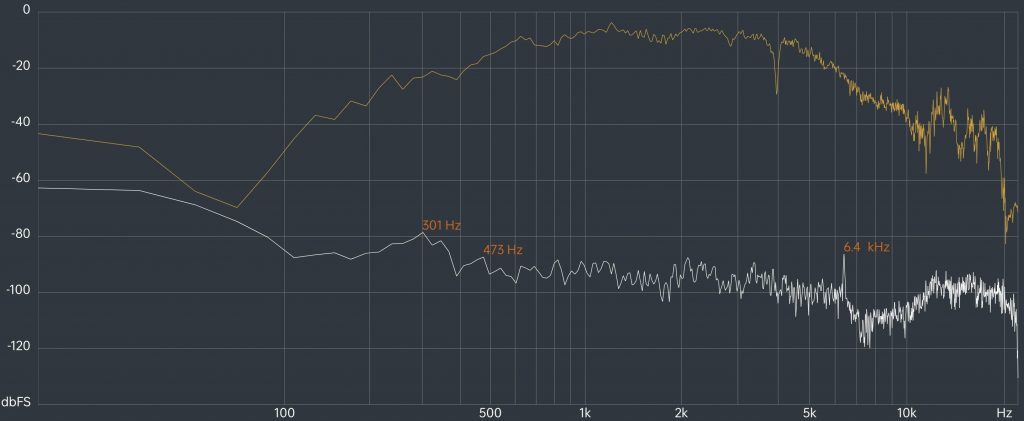
Use BT earphones if you listen to music.
Build – very good – Pass
While it lacks toughened front glass, the build quality is very good. It has a plastic frame and back. It has no IP rating.
Android 12 – Pass+
We expect Android 12, and we got it. The Funtouch OS12 seems a light tough over Android, and it is free of bloatware. It has Vivo alternatives to Google Apps.
We understand (but cannot confirm) that security patches will be released for three years from the handset release.
Vivo Y55 5G camera – pretty good in day and office light – Pass+
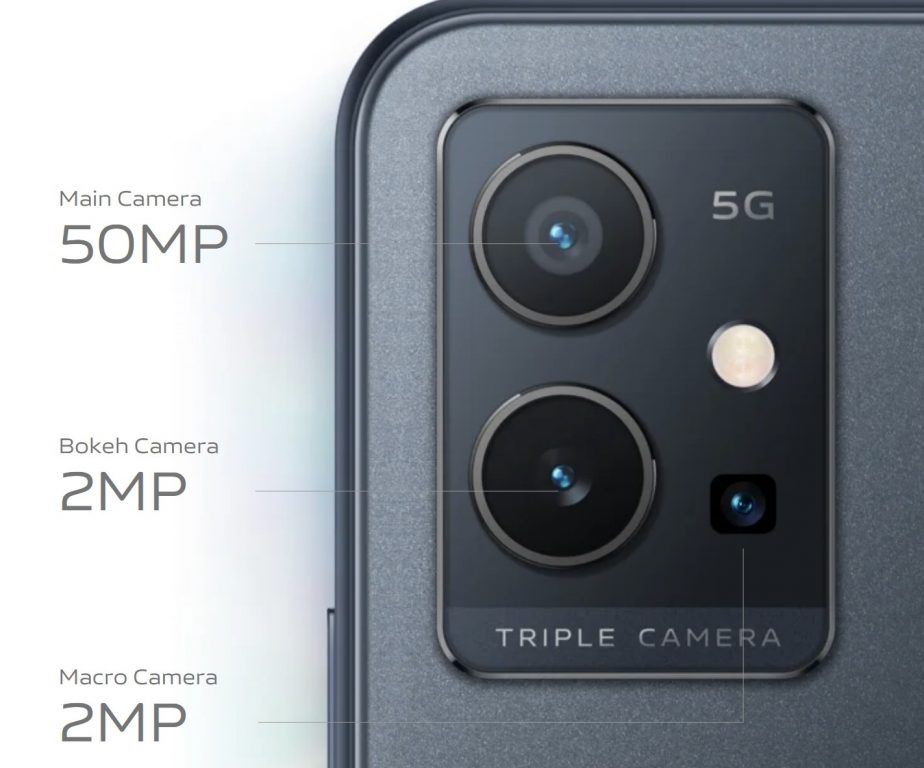
This is teg typical 50+2+2MP rear camera setup using the Samsung S5KJN1 sensor. It bins to 12.5MP finished image after MediaTek AI post-processing. That is not strong, but it does help low-light shots.
- 1X Day (well, a slightly overcast one): Primary sensor – the colours are slightly over-saturated (we all like that) with good dynamic range. Good details in the background, shadows, and highlights.
- 2X Day: Primary sensor – the foreground is fine, but the background shows too much noise
- 5X Day: Primary sensor – forget it
- 10X Day: Primary sensor: as per 5X
- Ultra-wide: N/A
- 50MP – 1X no AI post-processing is good on detail and has slightly more natural colours
- Macro: The primary sensor can take macro shots at 4cm. It is OK, but it is critical to get the focal length correct
- Indoor office light: Colours and focus are off. It is as if its focusing on the background.
- Bokeh Depth: A 2MP sensor helps for bokeh shots. But it has blurred the foreground and sharpened the background. This occasionally happens with other similar camera setups.
- Dark <40 lumens: The standard (not night mode) is overly noisy, and the camera is struggling.
- Night mode improves the detail, saturates the colour, and removes a lot of noise
- Selfie: The MP selfie has natural skin tones and details and a range of filters to enhance any image.
- Video (we are not video experts): You can shoot at 1080p@30fps with some EIS (Electronic Image Stabilisation crops the image to the horizon) for a reasonably stable image.
Overall camera summary: Excellent day and office light camera but not strong on zoom, bokeh or low-light.
CyberShack’s view – Vivo Y55 5G has decent quality and performance, punching above its price
We know that the price is subsidised by locking you into Telstra (on indeterminate conditions and prices), so this handset is worth more than you are paying up front.
Overall it has everything you need, and we don’t expect more for the price.
Competition
The 2022 Motorola g51 5G – well-priced, well-featured 5G (review) is $349 and really the pick of the lower-cost 5G with a Qualcomm SD480+, fast Wi-Fi 5 AC, far stronger phone reception, Qualcomm Bluetooth codec suite and the same rear camera setup as the Vivo Y55 5G.
OPPO has the A54 and A74, but these are 2021 models.









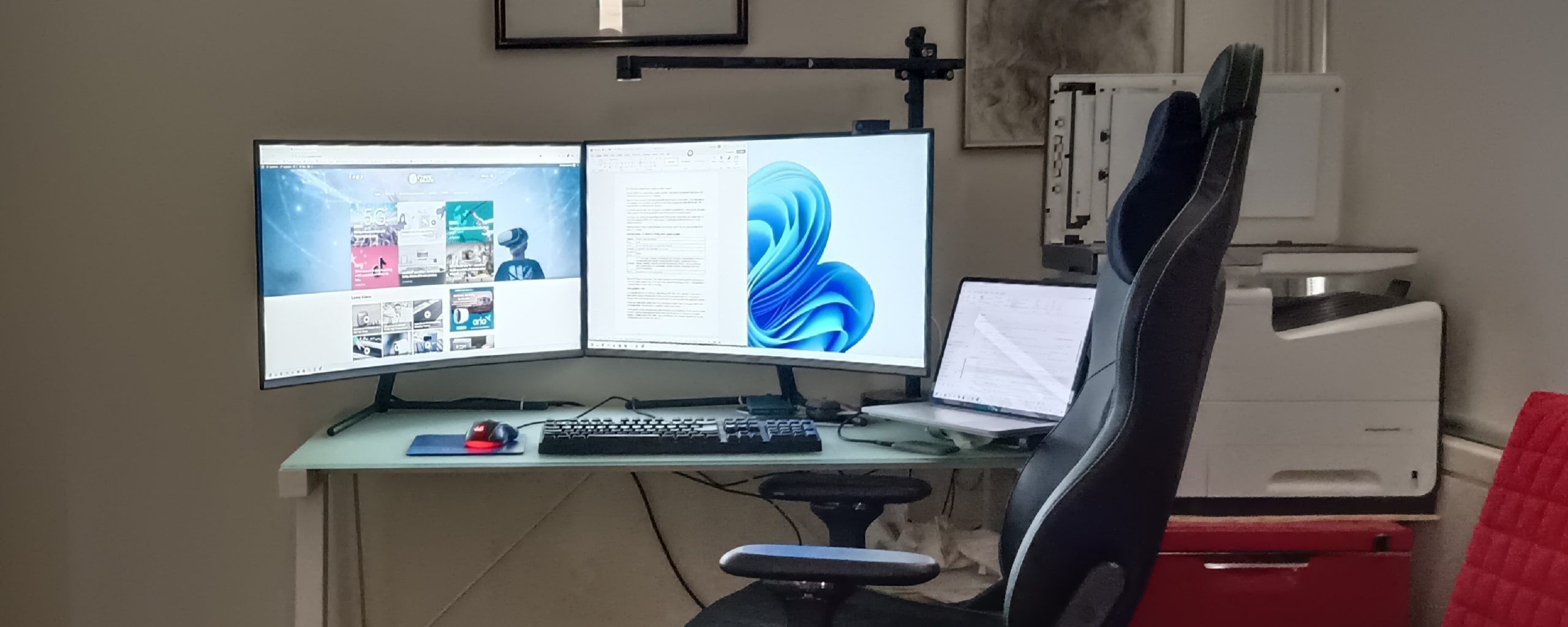
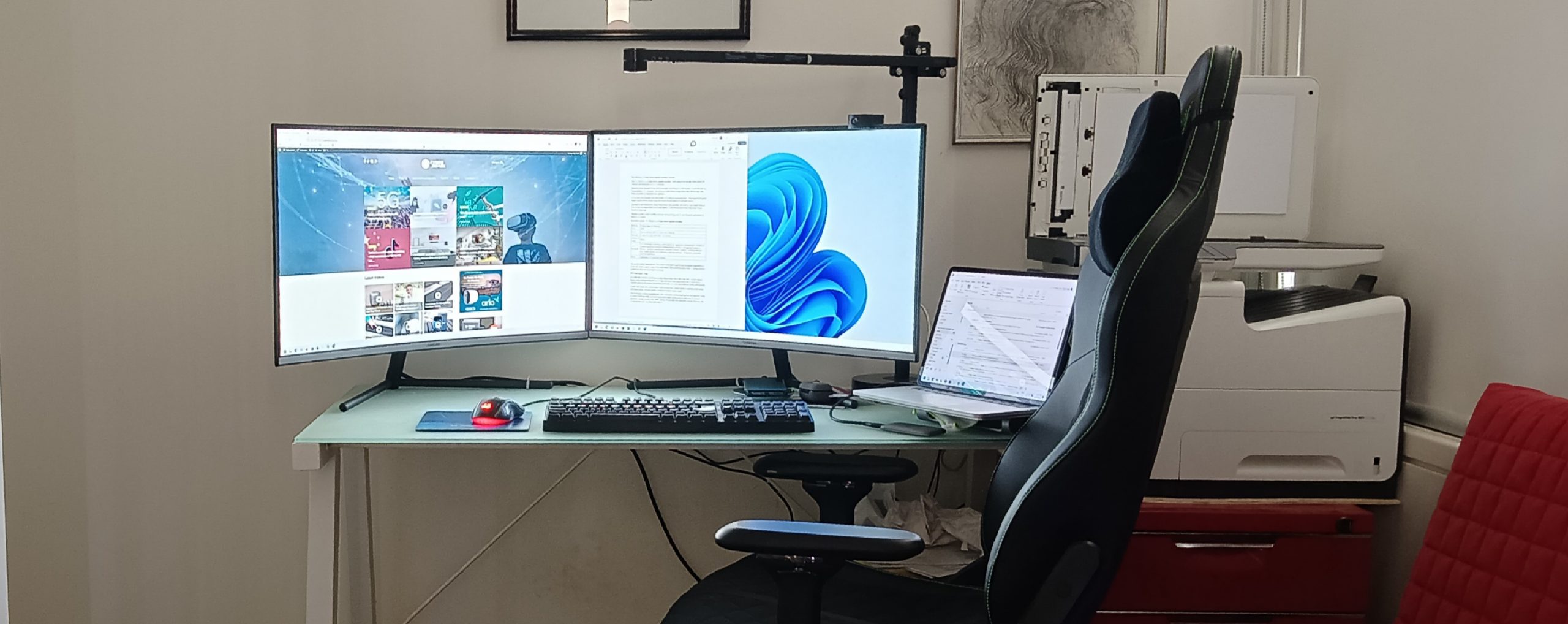
Vivo Y55 5G
| Brand | Vivo |
| Model | Y55 5G |
| Model Number | V2127 |
| Price Base | 4/128 |
| Price base | $299 |
| Warranty months | 24-months ACL |
| Tier | entry level 5G |
| Website | Product Page |
| From | Locked to Telstra |
| Country of Origin | China |
| Company | Vivo is part of what is arguably the world’s largest smartphone company – BBK. Along with its siblings (with quite a lot of rivalry), including OPPO, realme, OnePlus, iQOO – they make more phones than Samsung and Apple. |
| Test date | 1-18/07/2022 |
| Ambient temperature | 9-15° |
| Release | Feb-22 |
| Other models not for Australia (Don’t buy) | From Telstra only. Avoid different ram configurations. |
Screen
| Size | 6.58″ |
| Type | IPS LCD |
| Flat, Curve, 2D, 3D | Flat with slightly curved edges |
| Resolution | 2408×1080 |
| PPI | 401 |
| Ratio | 20:9 |
| Screen to Body % | 83.80% |
| Colours bits | 8-bit 16.7m colours |
| Refresh Hz, adaptive | 60Hz fixed |
| Response 120Hz | 120Hz 5-finger, 180Hz 2 finger |
| Nits typical/test | Not specified – about 400 nits |
| Nits max/test | Not specified |
| Contrast | Not specified – expect 1200:1 |
| sRGB | Not specified – colour accuracy is not expected at this price |
| DCI-P3 | Not specified |
| Rec.2020 or other | Not specified |
| Delta E (<4 is excellent) | Not specified |
| HDR Level | Claims HDR10+ but downmixed to the panels SDR capability |
| SDR Upscale | No |
| Blue light control | Yes |
| PWM if known | Unlikely |
| Daylight readable | Not for direct sunlight |
| Always on Display | No |
| Edge display | No |
| Accessibility | Usual Android features |
| DRM | L1 for FHD SDR playback |
| Gaming | No |
| Screen protection | Not specified |
| Comment | Adequate screen with a cold tint. No screen adjustment. |
Processor
| Brand, Model | MediaTek Dimensity 700 |
| nm | 7 |
| Cores | 2 x 2.2Ghz and 6 x 2.0Ghz |
| Modem | MediaTek |
| AI TOPS | Estimate 7 TOPS |
| Geekbench 5 Single-core | 545 |
| Geekbench 5 multi-core | 1600 |
| Like | Similar to SD 480 5G |
| GPU | Mali-G57 MC2 |
| GPU Test | |
| Open CL | 1441 |
| Like | Similar to SD 7325G |
| Vulcan | 1468 |
| RAM, type | 4GB with 1GB swap |
| Storage, free, type | 128GB UFS 2.2 (97GB free) |
| micro-SD | Up to 1TB |
| CPDT internal seq. Read MBps | 491 |
| CPDT internal seq. write MBps | 238 |
| CPDT microSD read, write MBps | 44/24 mountable |
| CPDT external (mountable?) MBps | 26/16 OTG |
| Comment | Fit for purpose. Not for gamers |
| Throttle test | |
| Max GIPS | 156,114 |
| Average GIPS | 143,937 |
| Minimum GIPS | 125,203 |
| % Throttle | 15% acceptable |
| CPU Temp | 50° |
| Comment | Average thermal management and as expected for a MediaTek SoC |
Comms
| Wi-Fi Type, model | Wi-Fi 5 AC (poor signal strength) |
| Test 2m -dBm, Mbps | -47/433 |
| Test 5m | -69/433 |
| Test 10m | -75 to -91/433 |
| BT Type | 5.1 (limited range due to low signal strength) |
| GPS single, dual | Single |
| USB type | USB-C 2.0 480Mbps |
| Alt DP, DeX, Ready For | No, Wi-Fi casting and Chromecast |
| NFC | Yes |
| Ultra-wideband | No |
| Sensors | |
| Accelerometer | Yes -combo with Gyro is very sensitive |
| Gyro | Yes -pseudo performed by the SoC |
| e-Compass | Yes |
| Barometer | |
| Gravity | |
| Pedometer | |
| Ambient light | Yes |
| Hall sensor | |
| Proximity | Yes |
| Comment | Wi-Fi 5 AC signal is quite weak and almost unusable at 10m (strong variations). The Auto-screen rotation is very sensitive, and you should disable it. |
LTE and 5G
| SIM | Hybrid single sim (Telstra) shared with microSD |
| Active | Only one active at a time |
| Ring tone single, dual | Single |
| VoLTE | Carrier dependent |
| Wi-Fi calling | Carrier dependent |
| 4G Bands | 1, 2, 3,4, 5, 7,8, 12, 17, 20, 28, 32, 38, 39, 40, ,41 |
| Comment | All Australian 4G bands |
| 5G sub-6Ghz | N1, 3, 5, 7, 8, 20, 28, 38, 40, 41, 78 |
| Comment | All Australian sub-6Ghz and low-bands |
| mmWave | N/A |
| Test Boost Mobile, Telstra | |
| UL, DL, ms | 23.1/14.3/39ms |
| Tower 1 -dBm, fW or pW | 86/1 to 2.5pW (solid signal strength for city/suburbs) |
| Tower 2 | No |
| Tower 3 | No |
| Tower 4 | No |
| Comment | This is strictly a city and suburbs phone and reflects the low-cost MediaTek SoC and antenna design. |
Battery
| mAh | 5000mAh |
| Charger, type, supplied | 5V/2A/10W or 9V/2A/18W in box |
| PD, QC level | PD capable – Overcharge protection may influence results |
| Qi, wattage | No |
| Reverse Qi or cable | No |
| Test (60Hz screen) | |
| Charge % 30mins | 27% |
| Charge 0-100% | 2 hours |
| Charge Qi | N/A |
| Charge 5V, 2A | 6.5 hours |
| Video loop 50%, aeroplane | 18 hours |
| PC Mark 3 battery | 25 hours 50 minutes (Acccubattery shows 18 hours) |
| GFX Bench Manhattan battery | 580.4 min (9.67 hours) 1333 frames |
| GFX Bench T-Rex | 669.7 min (11.16 hours) 2825 frames |
| Drain 100-0% full load screen on | 5 hours (Confirmed by Accubattery) |
| Watt full load | 322-400 |
| Watt idle Screen on | 899 |
| Estimate loss at max refresh | N/A – Fixed refresh 60Hz |
| Estimate typical use | Two days at typical use |
| Comment | 18W charger is OK, and 2 hours charge time for a low-cost 5G is pretty good. The screen is set for aggressive dimming to prolong battery life, and we found the results too dim. |
Sound
| Speakers | Earpiece and mono down-fixing speaker |
| Tuning | No |
| AMP | MediaTek |
| Dolby Atmos decode | No |
| Hi-Res | No |
| 3.5mm | Yes |
| BT Codecs | SBC, AAC – no Qualcomm aptX |
| Multipoint | Should support it |
| Dolby Atmos (DA) | No |
| EQ | No |
| Mics | 2 with some noise-cancellation |
| Test dB – all on EQ flat DA off | |
| Volume max | 84 |
| Media (music) | 80 |
| Ring | 78 |
| Alarm | 78 |
| Notifications | 85 |
| Earpiece | 55 |
| Hands-free | Decent hands-free and has 2 mics for some wind noise reduction |
| BT headphones | SBC and AAC only. Decent volume and left/right separation |
| Sound quality | |
| Deep Bass 20-40Hz | Nil |
| Middle Bass 40-100Hz | Slowly building from 70Hz |
| High Bass 100-200Hz | Slowly building |
| Low Mid 200-400Hz | Slowly building |
| Mid 4000-1000Hz | Slowly building |
| High-Mid 1-2kHz | Flat |
| Low Treble 2-4kHz | Flat |
| Mid Treble 4-6kHz | Big dip then declines |
| High Treble 6-10kHz | Choppy decline |
| Dog Whistle 10-20kHz | Choppy decline |
| Sound Signature type | Mid-centric for clear voice. Missing all the important bass so that this is muddy and missing all the important treble, so there is little character and directionality. In short, it is dull and thin for music |
| Soundstage | Mono |
| Comment | Good for voice but not for music |
Build
| Size (H x W x D) | 164×75.84×8.25 |
| Weight grams | 188 |
| Front glass | Glass – protection not specified |
| Rear material | PMMA |
| Frame | Plastic |
| IP rating | Not specified |
| Colours | Starlight Black |
| Pen, Stylus support | No |
| In the box | |
| Charger | 5V/2A/10W and 9V/2A/18W |
| USB cable | USB-C to USB-A 2W cable |
| Buds | Yes |
| Bumper cover | Yes |
| Comment | An 18W inbox charger is perfect for 2-hour charging. Can use any USB-C PD charger |
OS
| Android | 12 |
| Security patch date | 1/06/2022 |
| UI | FuntouchOS 12 |
| OS upgrade policy | No OS upgrade |
| Security patch policy | Three years of quarterly updates |
| Bloatware | Reasonably clean. Has alternatives to many Google apps. |
| Comment | While no OS update is expected at this price it comes with Android 12 and security patch updates. |
| Fingerprint sensor location, type | On power key |
| Face ID | Yes, 2D |
| Other | FunTouch OS |
| Comment | Very light touch over Android |
Vivo Y55 5G Camera
| Rear Primary | Wide |
| MP | 50MP bins to 12.5MP |
| Sensor | Samsung S5KJN1 |
| Focus | Double Super PD (PDAF) |
| f-stop | 1.8 |
| um | .64 bins to 1.28 |
| FOV° (stated, actual) | (66.8-79°) |
| Stabilisation | MediaTek EIS cropping assistance |
| Zoom | 10x digital |
| Rear 2 | Macro |
| MP | 2 |
| Sensor | Galaxy Core GC02m |
| Focus | |
| f-stop | 2.4 |
| um | 1.75 |
| FOV (stated, actual) | 89 |
| Stabilisation | No |
| Zoom | No |
| Rear 3 | Depth |
| MP | 2 |
| Sensor | Galaxy Core GC02m |
| Focus | FF |
| f-stop | 2.4 |
| um | 1.75 |
| FOV (stated, actual) | 89 |
| Stabilisation | No |
| Zoom | No |
| Video max | 1080p@30fps |
| Flash | Single LED |
| Auto-HDR | Primary lens only |
| Photo, Portrait, Night, Video, 50MP, Panorama, Live Photo, Slow Motion, Time-Lapse, Pro Mode, AR Stickers, Documents | |
| QR code reader | Google Lens |
| Night mode | Yes |
Vivo Y55 5G Front
| MP | 8 |
| Sensor | Samsung S5K4H7 |
| Focus | Contrast AF |
| f-stop | 1.8 |
| um | 1.12 |
| FOV (stated, actual) | (71.5-85.5°) |
| Stabilisation | No |
| Flash | Screen fill |
| Zoom | 4x digital |
| Video max | 1080p@30fps |
| Features |
Camera Comments
| Comment | • 1X Day (well, a slightly overcast one): Primary sensor – the colours are slightly over-saturated (we all like that) with good dynamic range. Good details in the background, shadows, and highlights. • 2X Day: Primary sensor – the foreground is fine, but the background shows too much noise • 5X Day: Primary sensor – forget it • 10X Day: Primary sensor: as per 5X • Ultra-wide: N/A • 50MP – 1X no AI post-processing is good on detail and has slightly more natural colours • Macro: The primary sensor can take macro shots at 4cm. It is OK, but it is critical to get the focal length correct • Indoor office light: Colours and focus are off. It is as if it is focusing on the background. • Bokeh Depth: A 2MP sensor helps for bokeh shots. But it has blurred the foreground and sharpened the background. This occasionally happens with other similar camera setups. • Dark <40 lumens: The standard (not night mode) is overly noisy, and the camera is struggling. • Night mode improves the detail and saturates the colour, and removes a lot of noise • Selfie: The MP selfie has natural skin tones and details and a range of filters to enhance any image. • Video (we are not video experts): You can shoot at 1080p@30fps with some EIS (Electronic Image Stabilisation crops the image to the horizon) for a reasonably stable image. |
Ratings
| Features | 8.5 |
| It has all you need and more than you expect for $299 (but that is a Telstra plan subsidised price) | |
| Value | 9 |
| One of the lowest-cost devices that still has reasonable build quality and performance | |
| Performance | 7 |
| 4/128GB and a MediaTek Dimensity processor means you will accept lag times | |
| Ease of Use | 8 |
| It is a sell-and-forget device that you may see security updates for. | |
| Design | 7.5 |
| Another glass slab with no distinguishing features | |
| Rating out of 10 | 8 |
| Comment | It is one of the lowest-cost 5GH phones that still has a decent build quality. |
Vivo Y55 5G
$299 with a plan from TelstraPros
- Adequate performance - not for gamers
- Decent screen Incell IPS LCD screen
- Decent two-day battery life and 18W charge inbox
- Excellent quality build and 2-year warranty with local support
- Front and rear cameras are excellent for point-and-shoot in the day or office light. Low light is an issue.
Cons
- Mono speaker (all we expect)
- Poor Wi-Fi speeds
- Poor phone signal strength - for city use only
- 60Hz fixed refresh screen (all we expect)
- No formal IP rating







